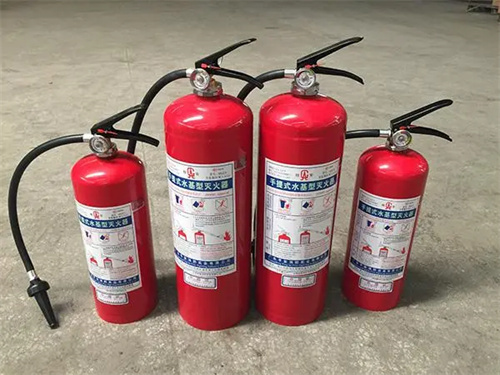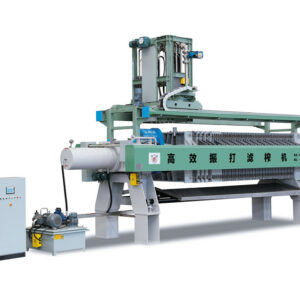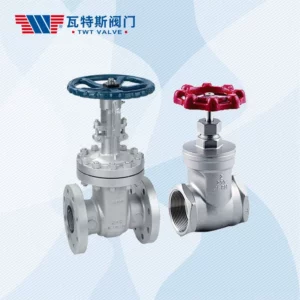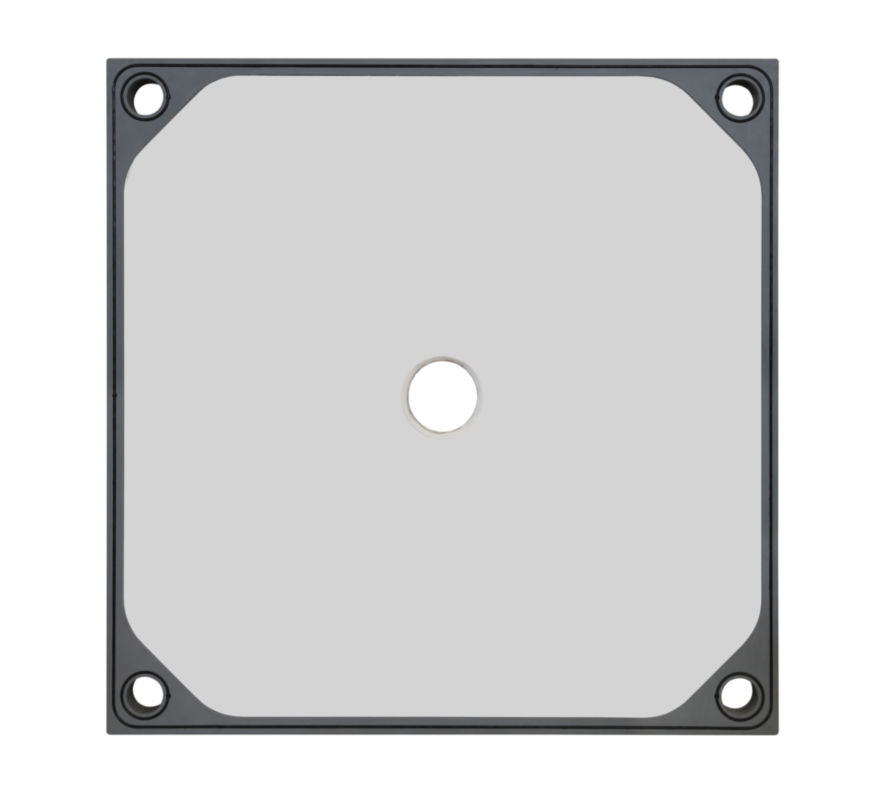Crane, derrick, and hoist safety are critical in preventing accidents and injuries in the workplace. Here are some key safety considerations for these types of equipment:
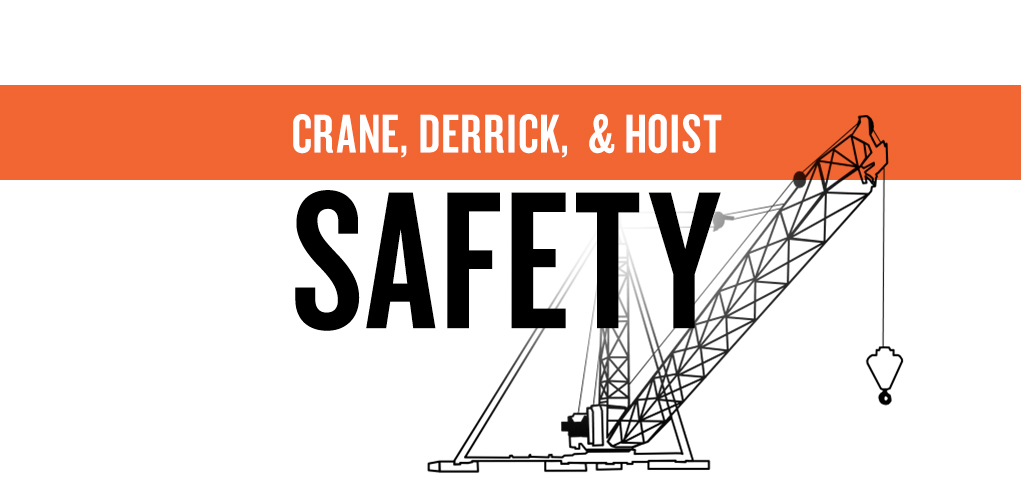
- Equipment inspections: Inspect cranes, derricks, and hoists before each use to ensure that they are in safe working condition. Check for signs of wear and damage, ensure that all safety features are working properly, and verify that the load capacity is appropriate for the task.
- Proper training: Ensure that workers are properly trained to operate cranes, derricks, and hoists. This includes understanding the equipment’s capabilities and limitations, as well as proper load handling techniques.
- Load handling: Proper load handling is critical for crane, derrick, and hoist safety. Ensure that loads are properly secured and balanced, and do not exceed the equipment’s load capacity.
- Communication: Communication is critical when operating cranes, derricks, and hoists. Use hand signals or radios to communicate with the operator, and make sure that all workers in the area are aware of the equipment’s movements.
- Environmental factors: Environmental factors such as wind, rain, and snow can impact the safety of crane, derrick, and hoist operations. Monitor weather conditions and adjust operations as necessary.
- Lockout/tagout procedures: Proper lockout/tagout procedures are critical for crane, derrick, and hoist safety. Ensure that all workers are trained to properly lock out and tag out equipment before performing maintenance or repairs.
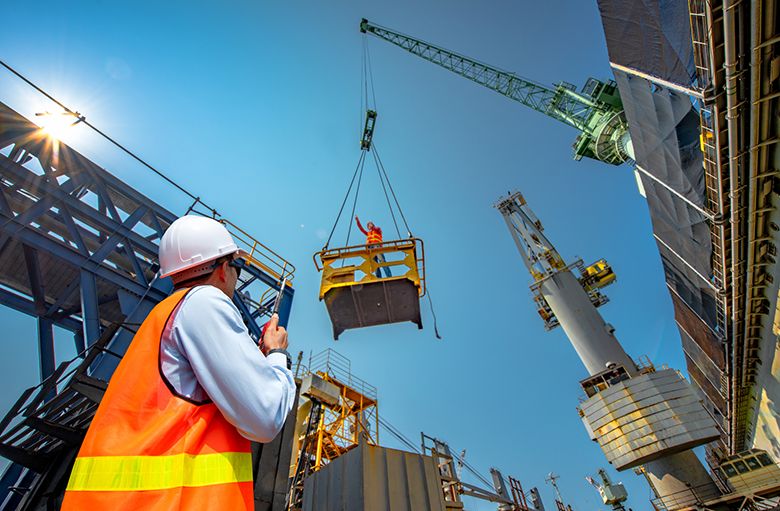
Overall, crane, derrick, and hoist safety require proper equipment inspections, training, load handling techniques, communication, attention to environmental factors, and lockout/tagout procedures. By following these safety considerations, workplaces can help prevent accidents and injuries associated with these types of equipment.


